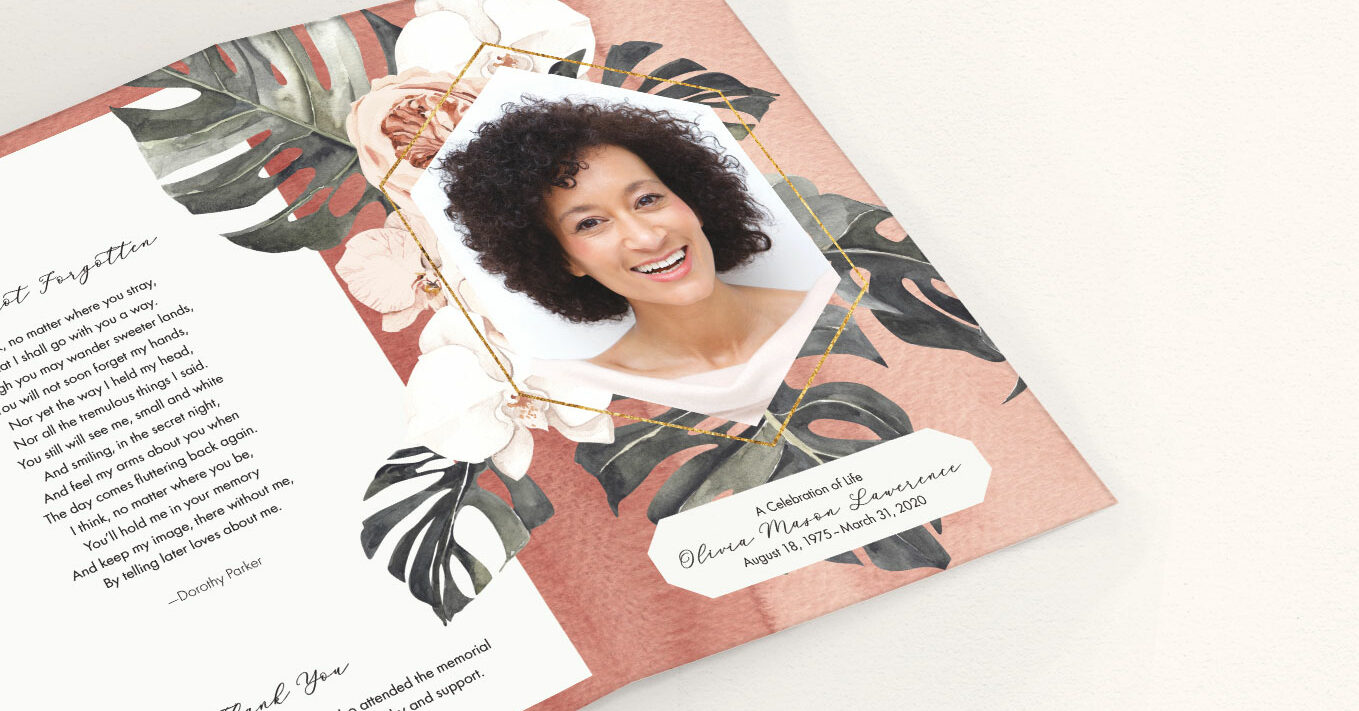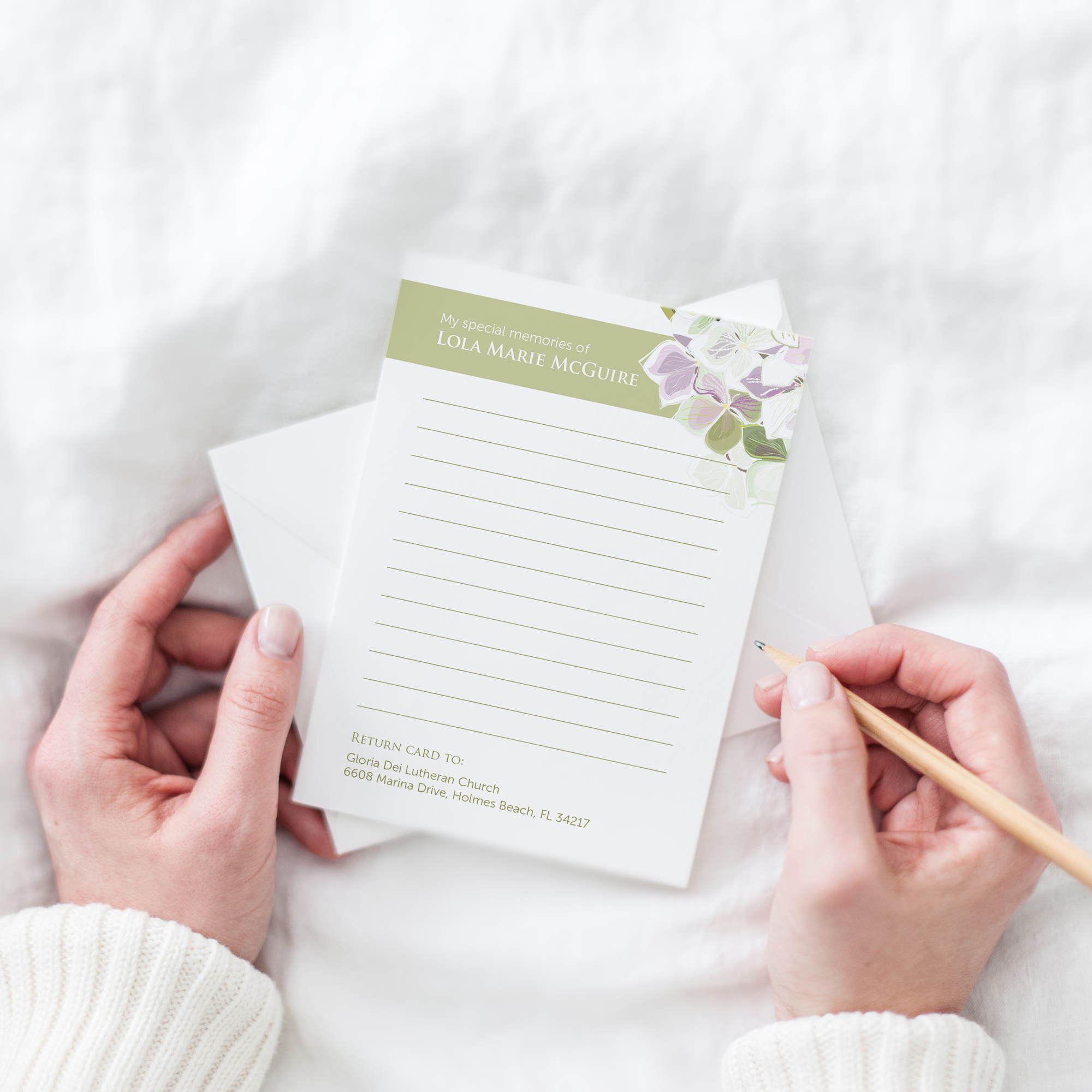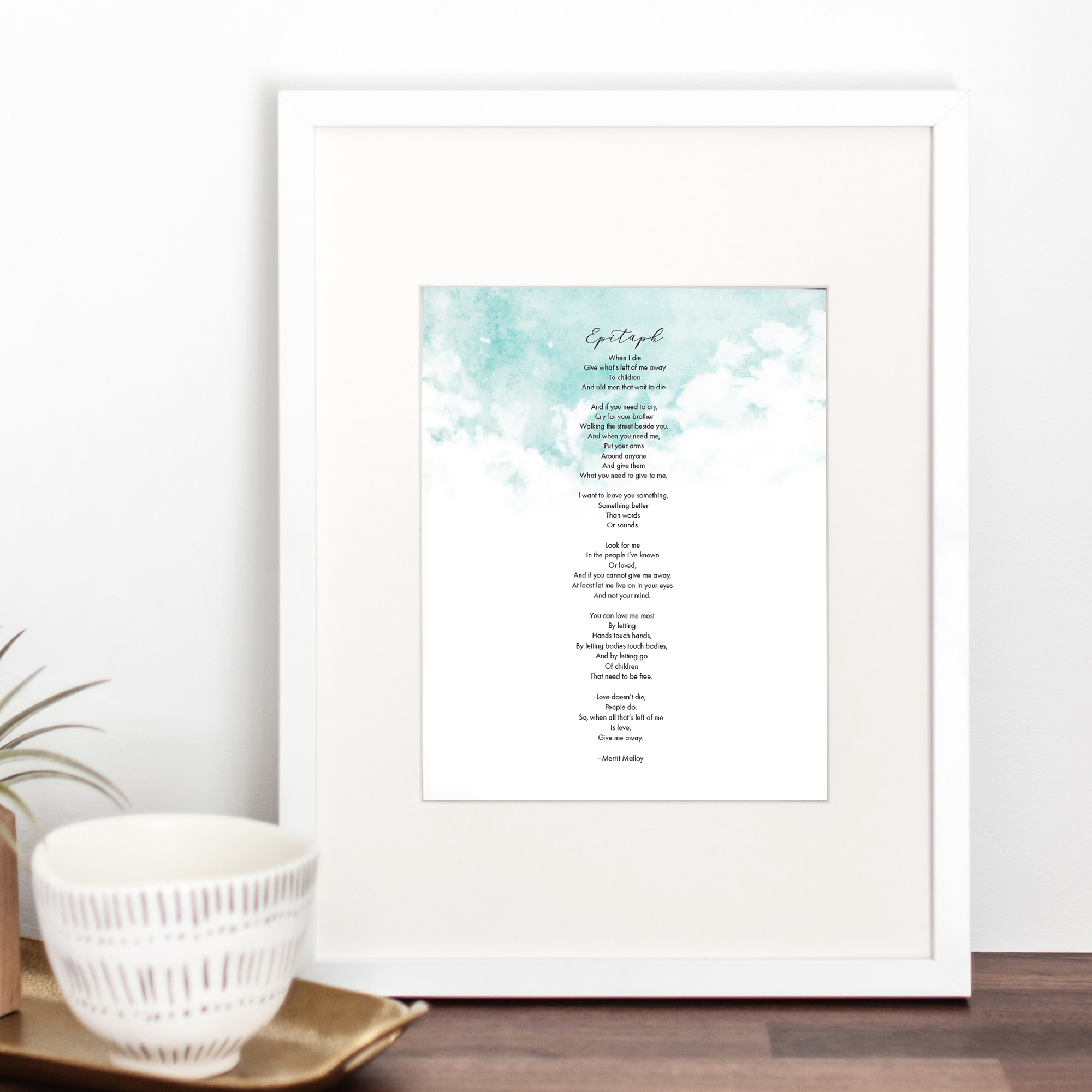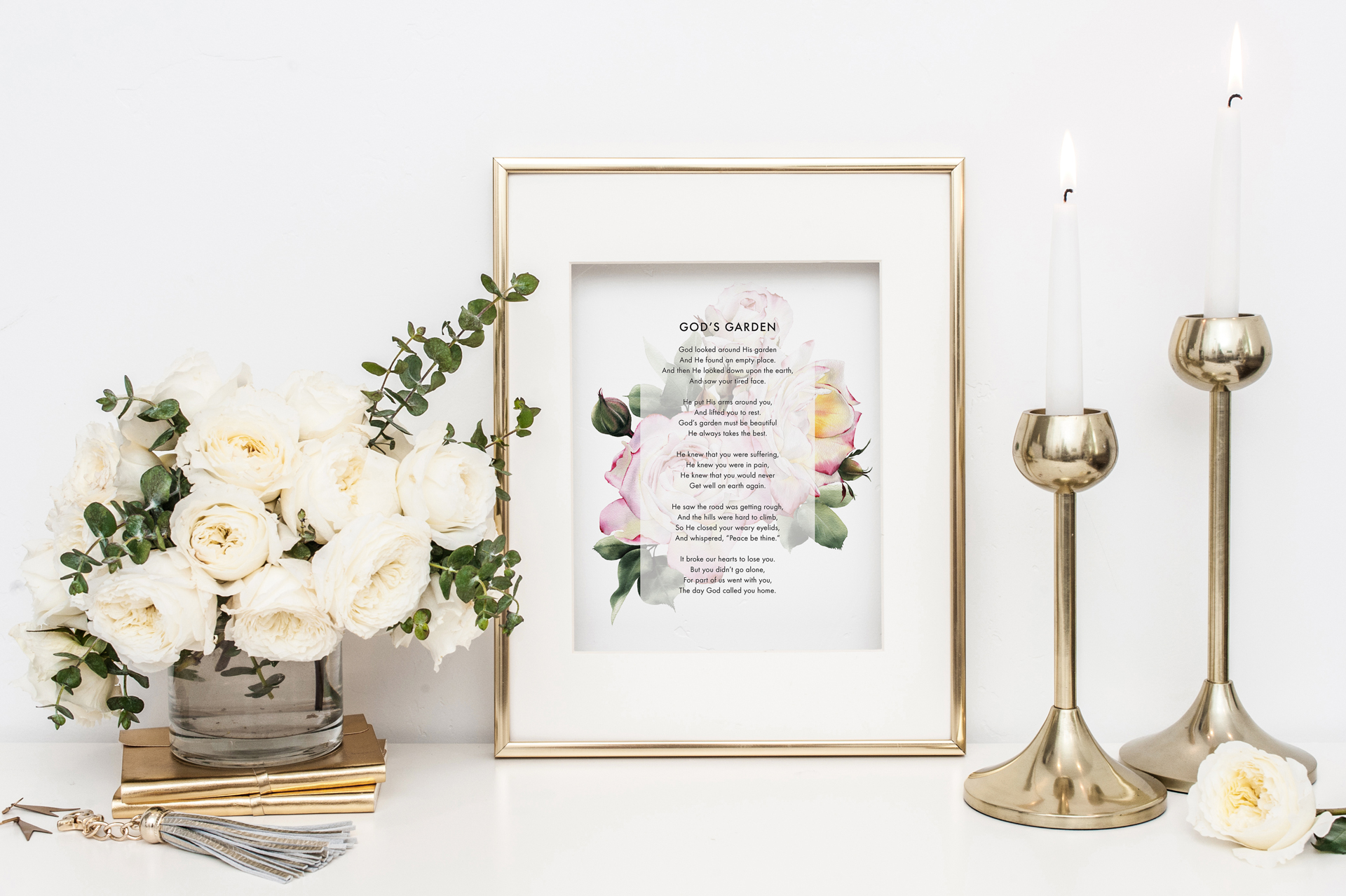We understand that sometimes you’re working with old images, especially if they’ve already been scanned, we will do our best to work with what you have. A small fee may be incurred if extensive time is needed to restore photos using photoshop. We will contact you if this is the case.
Photo Guidelines
To help us ensure the best quality of output for your photos, please follow the below guidelines when submitting your photo. Currently we support photos that are 20 MB or less in the following photo formats: .jpg, .gif, .tif, and .pdf. Please do not crop or turn your photos black and white.
SCANNED PHOTOS
- For the highest quality, use a scanner in a dust-free environment, set up your scanning station. First, remove any dust or dirt from your prints with a microfiber cloth or alcohol-based cleaning wipe. Then, clean your scanner’s glassU using a soft, lint-free cloth. It’s important that you thoroughly clean both the photos and scanner, as the scanner’s sensitive sensor will pick up even a speck of dust on the glass or on the photo.
- Select a resolution of at least 300dpi, and up to 900dpi if a photo is small will need to be enlarged.
DIGITAL PHOTOS
- For digital photos please make sure they are high resolution and at least 3 megapixels.
- Please do not submit your photo as a link to an online photo service (e.g., Kodak Gallery, Snapfish). Such services store the original, high resolution photo on their servers to use for printing but only show a low resolution version on the web, which is fine for viewing on a computer monitor but does not print with clarity.
- Always send the original photo from your digital camera, shot in the highest resolution your camera will support. When emailing your photo, we will alert you if the photo size is too small via email.
- A good-to-know tip: photos taken in low resolution on the camera or converted to a lower resolution version once on the computer means that there are fewer pixels per inch (or less photo per inch). While the naked eye may not notice a difference on the screen, the printer will print fewer pixels (or photo) per inch and the output will be very noticeable. Remember, the more pixels (or photo) per square inch, the less white space (which causes fuzziness) and thus a more beautiful reproduction onto paper.
While it may be tempting to crop the photo or stamp out something you see on your own, please note that you have a professional designer to review your photos. We are professionally trained and can do the best job of enhancing your photo. If you have very specific instructions, feel free to note that in the special instructions box when uploading your photo or contact us!




